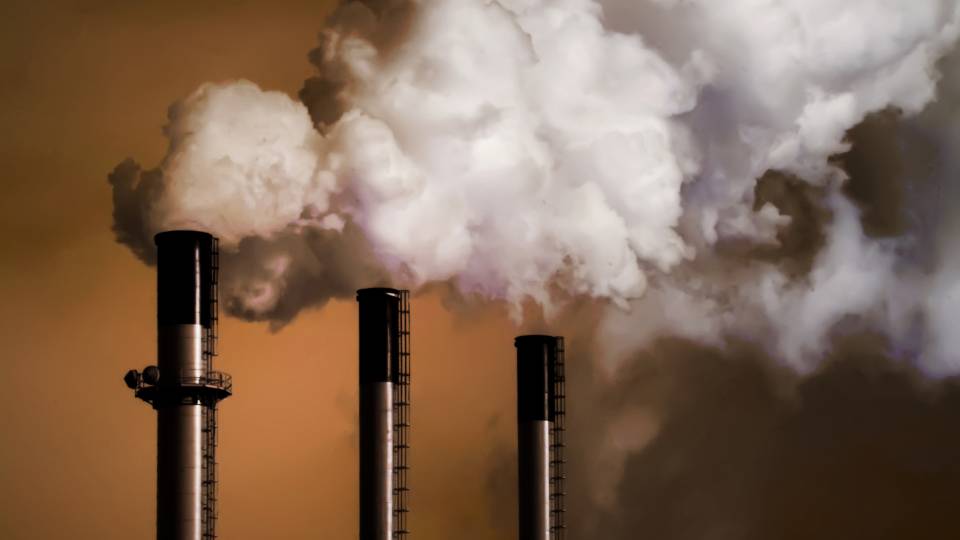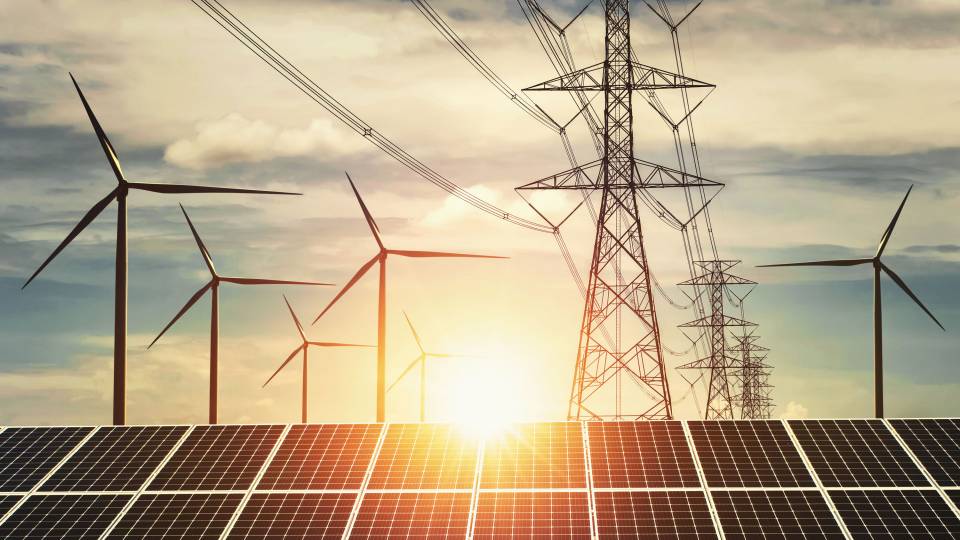The United States could meet projected growth in energy demand through 2030 with existing technologies, but the nation's long-term energy sustainability will require an enduring commitment, by both the public and private sectors, to developing, demonstrating and deploying new technologies and energy sources, according to a National Academy of Sciences committee chaired by Princeton Professor and President Emeritus Harold T. Shapiro.
Actions taken -- or not taken -- between now and 2020 to develop and demonstrate several key technologies will largely determine the nation's energy options for many decades to come, according to "America's Energy Future: Technology and Transformation." The document is the capstone report of the America's Energy Future project of the National Research Council, the operating arm of the National Academy of Sciences and the National Academy of Engineering.
The panel concluded that the country could obtain substantial energy-efficiency improvements, new sources of energy and reductions in greenhouse gas emissions, and that deploying these technologies is urgent.
"If we want to reduce environment impacts and promote national security and economic prosperity, we have to transform the way we produce and consume energy," said Shapiro, a professor of economics and public affairs in the Woodrow Wilson School of Public and International Affairs. "The longer you put it off, the harder the problem gets. We'll learn as we go along, and all these new technologies have a substantial learning period as actual deployment moves to larger scale."
The National Academies launched the project in 2007 to address a growing sense of urgency about the role of energy in long-term U.S. economic vitality, national security and climate change, and to identify which solutions will work for the country and address what it describes as "the massive technological and social changes to come."
In addition to Shapiro, the committee included Robert Socolow, a Princeton professor of mechanical and aerospace engineering, and William F. Brinkman a former senior research physicist at Princeton, who now heads the Office of Science in the U.S. Department of Energy. Other Princeton energy experts served as consultants to help the committee reach its conclusions.
The final report from the committee is intended to inform policymakers about technological options for transforming energy production, distribution and use and to support long-term economic prosperity, promote energy security and reduce adverse environmental impacts.
Shapiro said the report did not address lifestyle choices that might save energy, such as people living in smaller houses or driving smaller cars, but instead looked to develop a road map of near-term technological solutions that could provide energy sustainability even if lifestyle changes were minimal.
The report found that deploying existing energy-efficiency technologies is a near-term and low-cost way to reduce U.S. energy demand. In fact, fully deploying existing technologies in buildings alone could save enough power to eliminate the need for new electricity generating plants to meet growing U.S. demand. Some new power plants would likely still be needed, however, to address regional supply imbalances, replace obsolete technology or present more environmentally friendly sources of electricity.
Deployment of efficiency technologies in the building, industrial and transportation sectors could reduce projected U.S. energy use by 15 percent in 2020 and by 30 percent in 2030, the report found, and even greater energy savings would be possible with more aggressive policies and incentives.
Another major step, Shapiro said, will be determining whether methods of capturing carbon to reduce emissions from factories and power plants will work at the scale required and thus allow fossil fuels, especially coal, to be used in an environmentally sound manner. One promising method for capturing and storing the greenhouse gas carbon dioxide involves pumping the gas from factories into underground wells.
"But we don't know whether we can do it at the scale required," Shapiro said. "We don't know the size of our geological repositories and how much leakage we might have."
He said several large experiments are required to see if underground carbon sequestration will be viable and environmentally benign at the scale required. Until that is known, it is hard to determine how much energy demand will need to be filled by other means of generation, such as solar, geothermal and biofuels. "It's hard to straighten out the problem until we know the size of the mountain we have to climb," Shapiro said.
If carbon capture and storage technologies are deployed along with increased emphasis on renewables, it will very likely result in higher consumer prices for electricity, the report found. In addition, the nation's electrical grid will require expansion and modernization to enhance its reliability and security, accommodate changes in load growth and electricity demand, and to enable the deployment of new energy efficiency and supply technologies, especially intermittent wind and solar energy.
"The report is sober," said Socolow, the co-director of Princeton's Carbon Mitigation Initiative. "Most of our estimates of the potential of options are less bullish than the claims of advocates. Still, the scale of the potential contributions from energy efficiency first of all, and then from various options for energy supply, are impressive."
For its assessment of alternative fuels and fossil fuel power, the National Academies commissioned three energy experts from the Princeton Environmental Institute -- Robert Williams, Eric Larson and Tom Kreutz -- to provide supporting analysis. "Their analysis was influential in the report's chapters on these subjects," Socolow said.
The committee concluded that petroleum will continue to be an indispensable fuel in the transportation sector in coming decades, but that maintaining current rates of domestic petroleum production (about 5.1 million barrels per day in 2008) will be challenging. It also found that there are limited options for replacing petroleum or reducing petroleum use before 2020, but that substantial long-term options exist that could begin to make significant contributions by 2030 or 2035.
Reductions in petroleum use could be obtained through increased vehicle efficiency, production of alternative liquid fuels such as cellulosic ethanol or coal-and-biomass fuels and expanding use of battery electric and hydrogen fuel-cell vehicles.
Other findings of the committee included:
- Substantial reductions in greenhouse gas emissions from the electricity and transportation sectors are achievable over the next two to three decades, if a variety of alternative technologies aimed at reducing emissions is used.
- It will be necessary to demonstrate the commercial viability of modern nuclear plants.
- Long-term research and development needs include new technologies for producing liquid fuels from renewable resources, advanced batteries and fuel cells, large-scale electricity storage, enhanced geothermal power and advanced solar photovoltaic technologies.
Shapiro and Socolow noted that Princeton scientists and engineers are actively working on many of these problems at centers such as the Geophysical Fluid Dynamics Laboratory, the Princeton Environmental Institute and the new Andlinger Center for Energy and the Environment. "The University is well recognized as having expertise in these fields," Shapiro said. "Princeton researchers have been working on this for a generation -- they are some of the pioneers on this."
The report noted that unpredictable developments in technology could dramatically change the country's options for addressing its energy needs. For instance, unexpected breakthroughs in fusion research -- the potentially abundant and clean energy source that is the primary focus of Princeton Plasma Physics Laboratory -- might contribute to the U.S. energy supply before 2050.
But Shapiro emphasized that scientists can't solve such a major issue alone. To overcome the barriers to developing and deploying technologies, he said, long-term policy and regulatory actions and other forms of incentives will be needed to drive adoption of new technology.
"There is an enormous learning curve here and we have lot of research and development to do," he said. "These things can happen, but moving toward a sustainable energy sector requires a sustained national effort."




